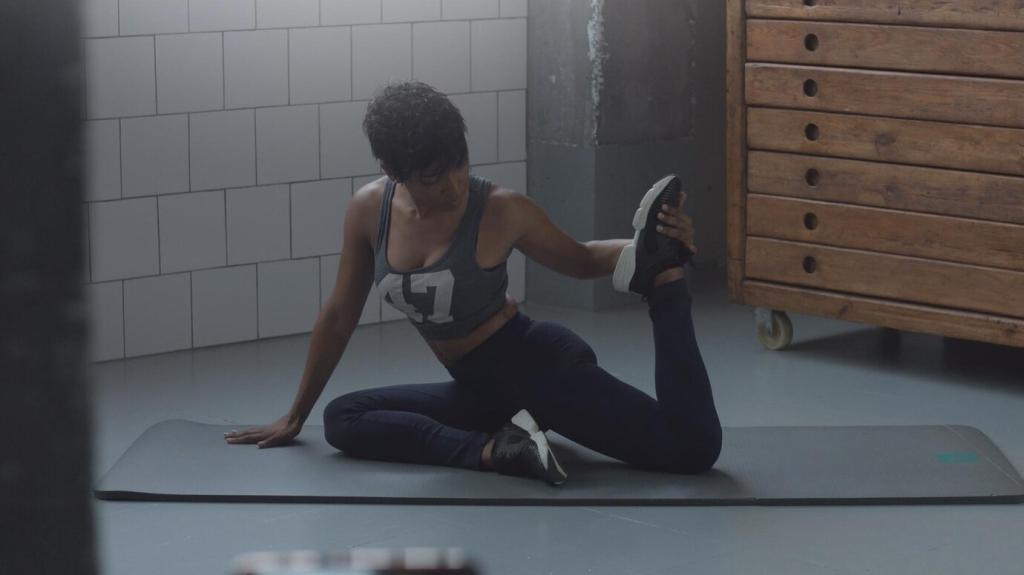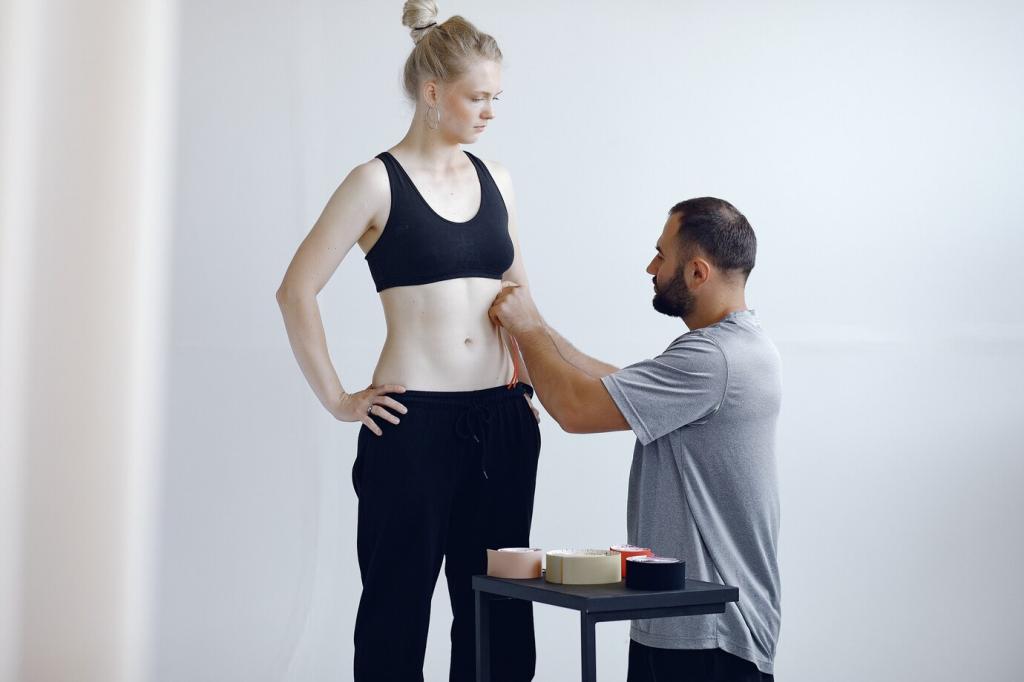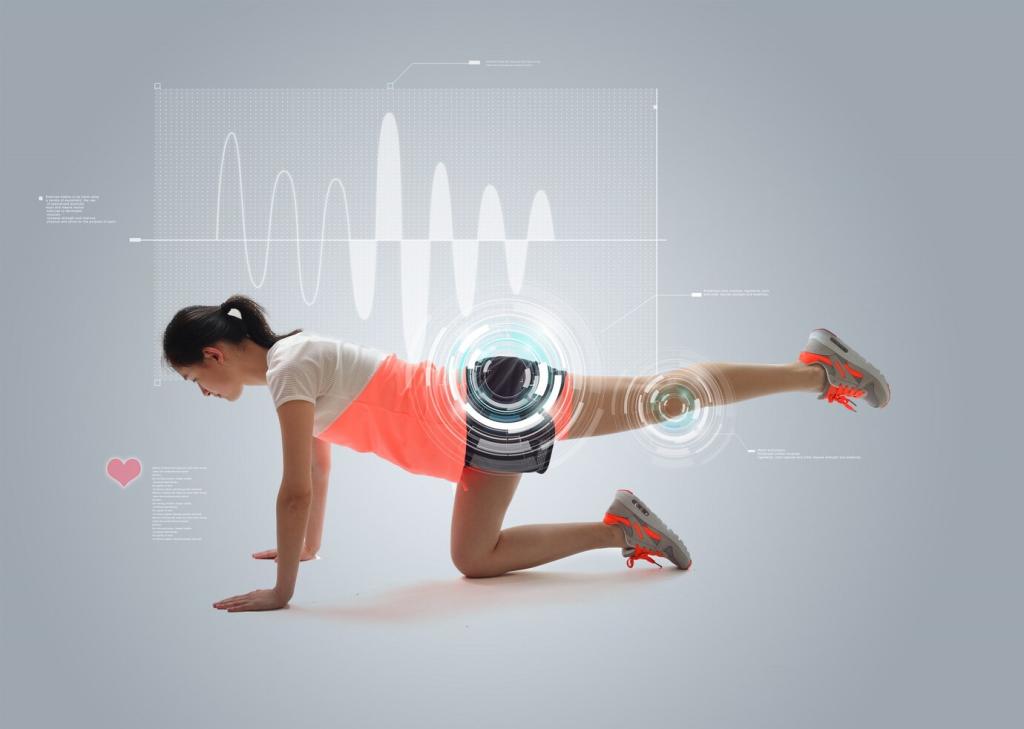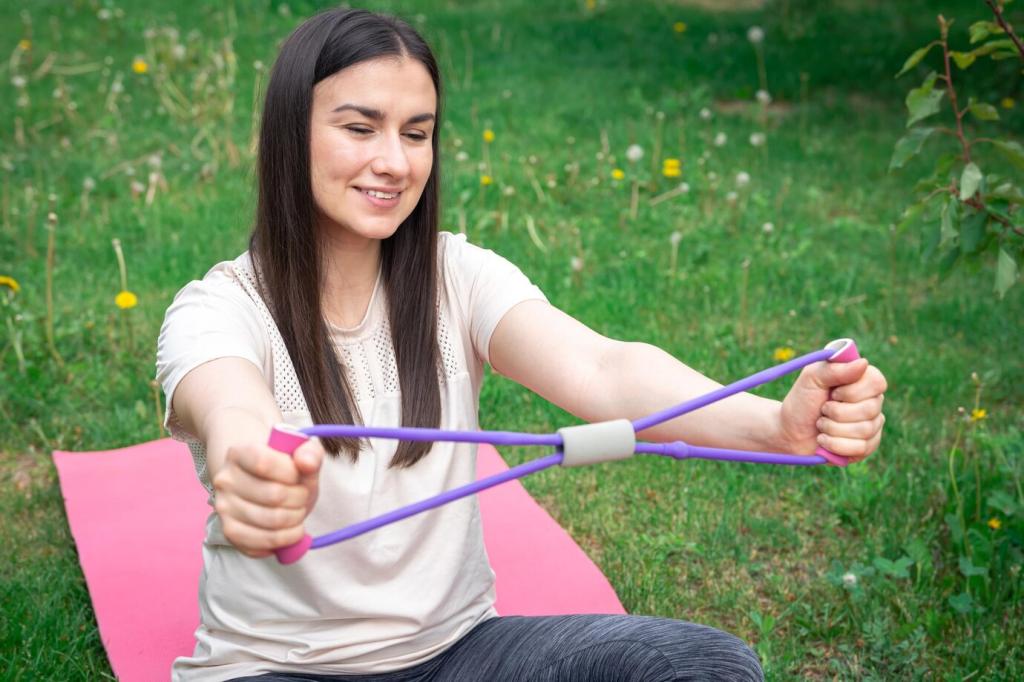
Top Beginner Yoga Poses for Flexibility
Discover how beginner yoga poses can unlock your body’s natural flexibility and create a foundation for lasting strength and health. Whether you’re brand new to yoga or simply wishing to expand your movement capacity, these gentle postures are accessible, effective, and can be practiced at home or in class. Flexibility not only enhances mobility but also relieves tension and boosts overall wellbeing. With consistent practice, you’ll notice improvements in both body and mind, establishing confidence as you progress in your yoga journey.
Gentle Warm-Up Foundations
Cat-Cow Flow
The Cat-Cow Flow is a dynamic combination of two traditional yoga poses that gently warm up the spine and surrounding muscles. As you alternate between arching and rounding your back, you encourage flexibility throughout your spine, shoulders, and neck. This smooth movement links breath and motion, helping to release residual tension in the upper and lower back. Cat-Cow is often performed at the start of a practice to mobilize the entire body gently, making it an ideal choice for beginners. By repeatedly flowing through these two poses, you increase circulation, prepare your torso for deeper stretches, and build a foundation for a safe and effective yoga session.


Seated Forward Fold
The Seated Forward Fold is a well-known beginner pose that emphasizes lengthening the spine and opening the hamstrings. Sitting comfortably with your legs extended, you will gradually hinge at your hips to reach toward your feet, maintaining a straight back as much as possible. This posture promotes flexibility in your hamstrings, lower back, and calves, encouraging gentle release without strain. For beginners, the focus should be on the sensation of lengthening rather than how far you can reach. Over time, consistent practice in Seated Forward Fold enhances your flexibility and introduces mindful breathwork, supporting both your physical and mental relaxation.
Standing Poses for Flexibility
Mountain Pose serves as a foundation for many yoga sequences, emphasizing alignment and stability. Adding a side stretch transforms this basic posture into a gentle yet effective way to open up the sides of your torso and increase flexibility in the ribcage and waist. Stand tall with feet firmly planted, reach your arms overhead, and gently lean to one side. This motion elongates the side body, helps release tension along the spine, and encourages mindful breathing. Beginners benefit from practicing this variation because it introduces body awareness and core engagement while safely enhancing flexibility in a controlled manner.
Warrior II is a powerful standing posture that targets flexibility in the hips, groin, and shoulders. With a wide stance and arms extended, you’ll gently open the hips while maintaining strength in the legs and balance throughout the body. This dynamic pose encourages deep stretching along the inner thighs as you lunge into your front leg and maintain alignment through your torso. The openness of the arms also provides a subtle stretch to the chest and shoulders. For beginners, Warrior II is not only empowering but also accessible, allowing for gradual deepening of the stretch as your flexibility and confidence grow with continued practice.
The Standing Forward Bend invites practitioners to fold gently over straight legs, bringing the torso toward the thighs and allowing the head to hang. This pose effectively stretches the hamstrings, calves, and entire back body, while gravity assists in decompressing the spine. In this pose, beginners are encouraged to maintain a slight bend in the knees if needed and focus on lengthening the torso rather than forcing the stretch. Over time, the Standing Forward Bend increases flexibility in the legs and back, supports healthy posture, and fosters a sense of calm through its soothing, inward-focused nature.
Hip Openers for Beginners
Butterfly Pose is a soothing seated posture that centers on opening the hips and releasing tension in the groin area. While seated, bring the soles of your feet together and allow your knees to gently fall outward, forming a diamond shape with your legs. This pose encourages the inner thighs and hips to gently release, allowing gravity to aid in the stretch rather than forcing movement. Focus on keeping your spine tall and breathing deeply as you settle into the pose. For beginners, it’s a gentle way to explore hip flexibility, offering tangible progress over time without discomfort or risk.
Low Lunge is an accessible pose that targets flexibility in the hip flexors, which can become tight from sitting or repetitive movement. By stepping one foot forward and lowering the opposite knee to the floor, you allow the front of the hip and thigh to experience a deep, supported stretch. Low Lunge also benefits the quads and encourages lengthening through the torso if you raise your arms overhead. Beginners appreciate this pose for its ability to gently increase hip flexibility while building strength and balance in the legs, making it a versatile addition to any yoga routine.
Reclined Pigeon Pose is a gentle variation of the traditional Pigeon Pose, making it accessible to those new to yoga or with limited flexibility. Lying on your back, you cross one ankle over the opposite thigh, then gently draw the legs toward the chest. This action deeply stretches the outer hip and glute muscles, releasing built-up tightness in the hips and lower back. For beginners, this pose can be adjusted to suit individual flexibility levels and provides relief from muscular tension after prolonged sitting. Its restorative nature makes Reclined Pigeon a favorite for ending a yoga session with a focus on deep release and relaxation.

